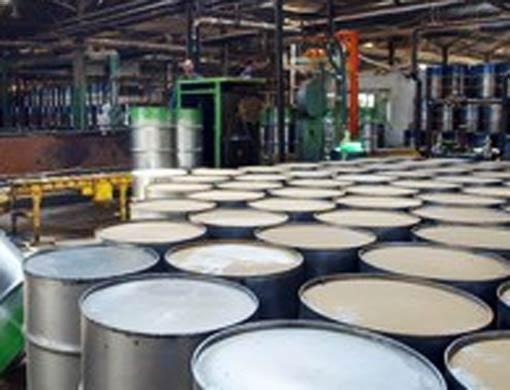
Last year may have one of the most chaotic of the current decade at all levels. It’s over now, but let’s not forget that it witnessed severe economic uncertainties that hit so many countries. They would be hoping for a better and more stable year to ease their way from the crisis.
Will such hopes come true? In fact, the answer involves more than one possibility, as there are positive and negative indications and whose subsequent impact will vary according to the economic structure and international relations of each country. We can come up with some perceptions based on various developments that prevailed at the end of 2016.
In the energy sector, which is of singular importance for Gulf states, there appears to be some positive signs, the last of which was the increase in oil prices at the end of 2016 that came after an agreement between Opec’s member-states by which they decided to cut output. Non-Opec oil producing countries also joined in the decision, helping boost oil prices up by more than 100 per cent from where it started 2016. Opec’s standard oil barrel stood at $56 per barrel in the last trading session of 2016 after beginning last year at $27.
There is optimism that Opec’s crude could have an average price of $57 per barrel compared with $45 during 2016. The forecast price will, in this manner, revive oil-dependent economies so that they can come to terms after two years of low prices and economic growth declines.
It will also allow oil countries to catch their breath, inject further funds into domestic markets and implement some projects, which were frozen over this period. This means growth rates are going to get a boost, more job opportunities will be created and general economic conditions will be stimulated as well.
On a commercial level, 2016’s international trade has gone through some sort of stability; however, the upcoming US administration might spark a trade war with and between key players, including China and European Union.
It is because Trump could possibly dump the principles of globalised trade and introduce taxes and protective restrictions on foreign imports. There is also the possibility of imposing taxes on companies willing to transfer their operations abroad or refusing to come back into the US market.
In such circumstances, all countries will be affected and global growth will get affected as reinstating protectionism will blow away all achievements made in the movement of goods, which contributed to boosting growth, improving emerging market economies and creating millions of jobs in spite of the fact that it led to moving businesses to countries with cheap labour.
At the monetary and finance level, the past year has seen the long-awaited interest rate increase and some fiscal changes on the transfer of capital between economic sectors as well as between states. This policy is projected to continue and interest rates are likely to go up further, resulting in an increase in dollar’s strength against other currencies. These will benefit some countries.
Let’s hope that a lot of the upcoming developments will be positive and in the interests of the Gulf states, in spite of the fact that the anticipated fluctuations will be at various levels. Besides the rise in oil prices, Gulf currencies’ exchange rates, which are pegged to dollar, will be high while the value of imports from Japan and Europe will go down. Thus, the value of Gulf exports will be higher than its imports, reflecting positively on their competitive edge in global markets.
Therefore, monitoring these developments is vital to make the most of foreseeable changes. For the moment, let’s wish everyone a Happy New Year and a world of peace and security.












